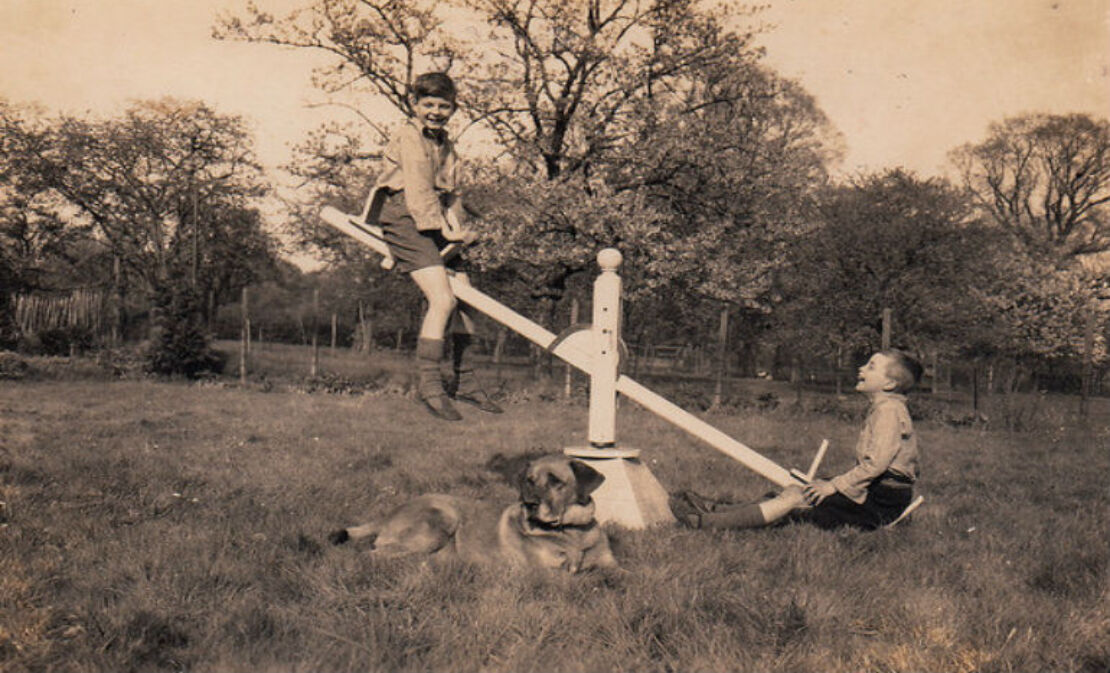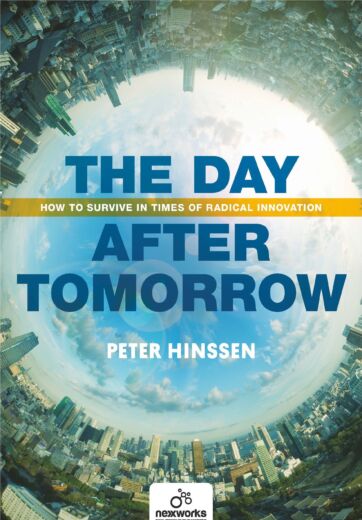Organizing for the Day After Tomorrow - Part 4
A lot of disruptive pioneers separate their innovation endeavors from the core business in order to protect it. But creating this kind of distance can sometimes backfire, if there is not enough common ground to bridge the gap between the emerging business and the existing one. Many companies are already structured in a very siloed manner. So instead of isolating the innovation, some interweave it their through all of the separate divisions in order to bring those closer together. That way the radical innovation is an integral part of the organization. Even better, it’s the glue that holds the different silos together.

One of my favorite examples in the matter comes from the airline industry, where the International Airlines Group (IAG) – the parent company of Aer Lingus, British Airways, Iberia and Vueling – is performing a radical experiment in Day After Tomorrow (DAT) thinking. These innovation exercises – called catapults – are headed by the brilliant Glenn Morgan, who used to be in charge of technology for British Airways before that.
During these catapults, eight senior executives – each from different business divisions – participate in an intense eight week program. During that time, they are put in some kind of pressure cooker. They are literally bombarded with all kinds of eye-opening experiences and fed with all sorts of disruptive ideas and startups. The aim is that, by the end of the experiment, they figure out – using agile mechanisms – one or more possible DAT initiatives that are truly radical. They have to come up with projects that have the potential to change the course of their industry. One of the best parts has to do with ownership because, at the end of this exercise, one of the executives is actually going to have to lead the initiative. This intense catapult disruption is a brilliant way to cover all the different silos and to involve every single one of the businesses.
Glenn’s way of innovating is radically different from how many others – like Johnson & Johnson – operate in “seclusion.” The radical innovation is weaved through the existing organization by means of inclusive programs. There is not a 100% dedicated and separate innovation team – at least not in size or approach – that is kept at a protective distance from the business. The challenge in such integrated innovation cases might be to keep the initiatives radical enough, seeing that the DAT project owners are intensely involved in sustaining the existing business as well. It’s clearly not the case with IAG, but there is a definite risk.
But there is an overlap with the innovation silo approach as well: distance. Though the eight IAG executives are a permanent part of the existing business, they are separated from their own teams for these eight intense weeks. The reason is that they need to be able to fully concentrate on their day after tomorrow, steering clear, as much as possible, from the “sh*t of yesterday” that gets in the way of any kind of innovation endeavor. Another crucial ingredient of these kinds of catapult approaches, is time pressure. I think that the clearly defined time frame of eight weeks is essential for providing a crystal-clear sense of purpose, keeping the passion and dedication alive and, at the same time, have the project evolve fast enough to keep it relevant. The latter – decision inertia – tends to be a major obstacle in siloed organizations and this catapult disruption is a very efficient manner to beat this challenge.
Catapults are a very inclusive form of innovation approach. They tend to work really well in large siloed organizations because they have the potential to close unhealthy gaps within the organization. But they can only work if the innovation team has the right DNA. If – regardless of their day-to-day work – they are unafraid to adopt radical decisions and if they are then truly empowered to test and implement the radical DAT experiments they came up with. But if these conditions are met, this type of method can truly work wonders.
This article is part of a series about how organizations can survive their day after tomorrow by focusing on radical innovation. Read part 1, part 2 and part 3.
